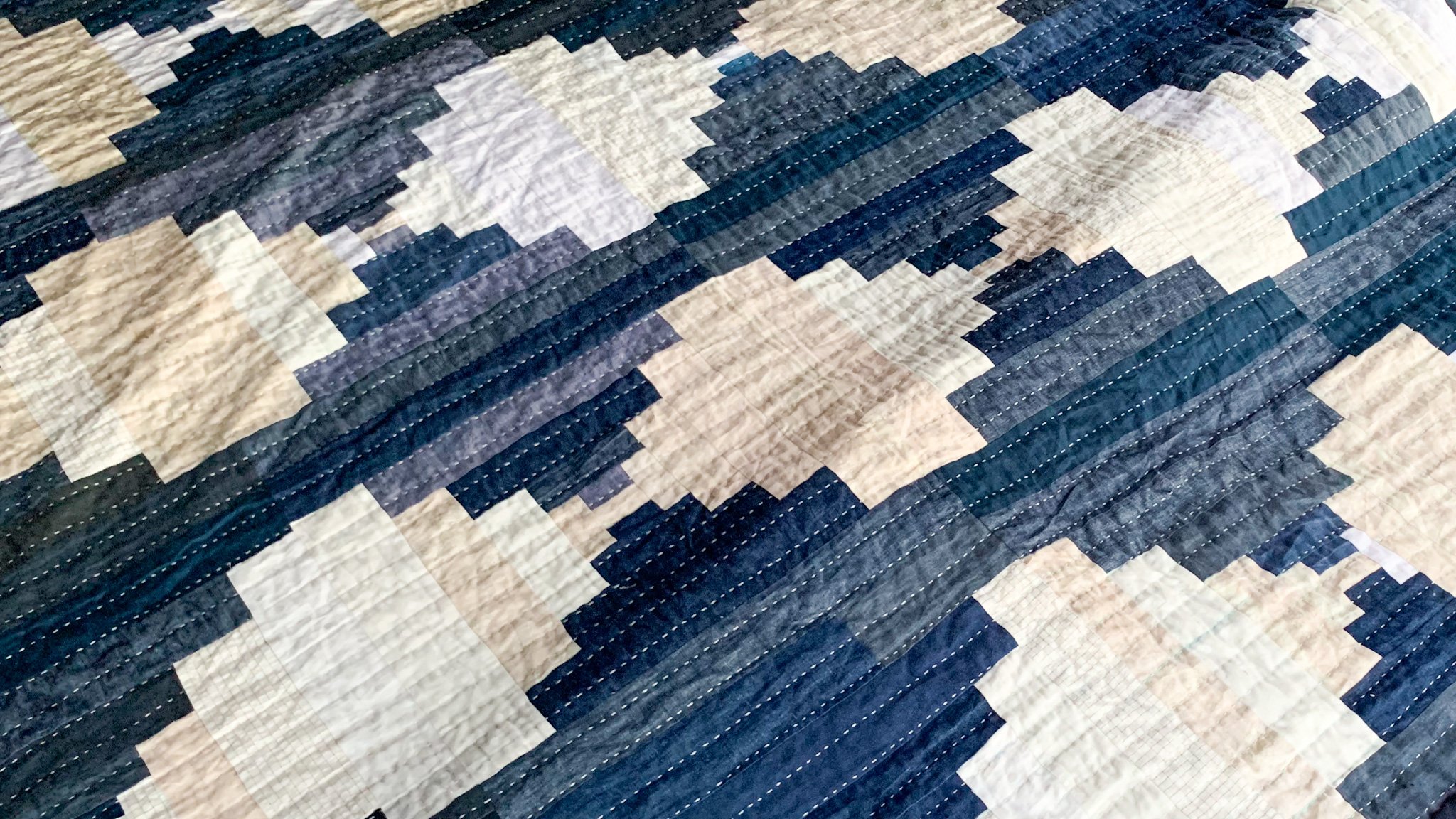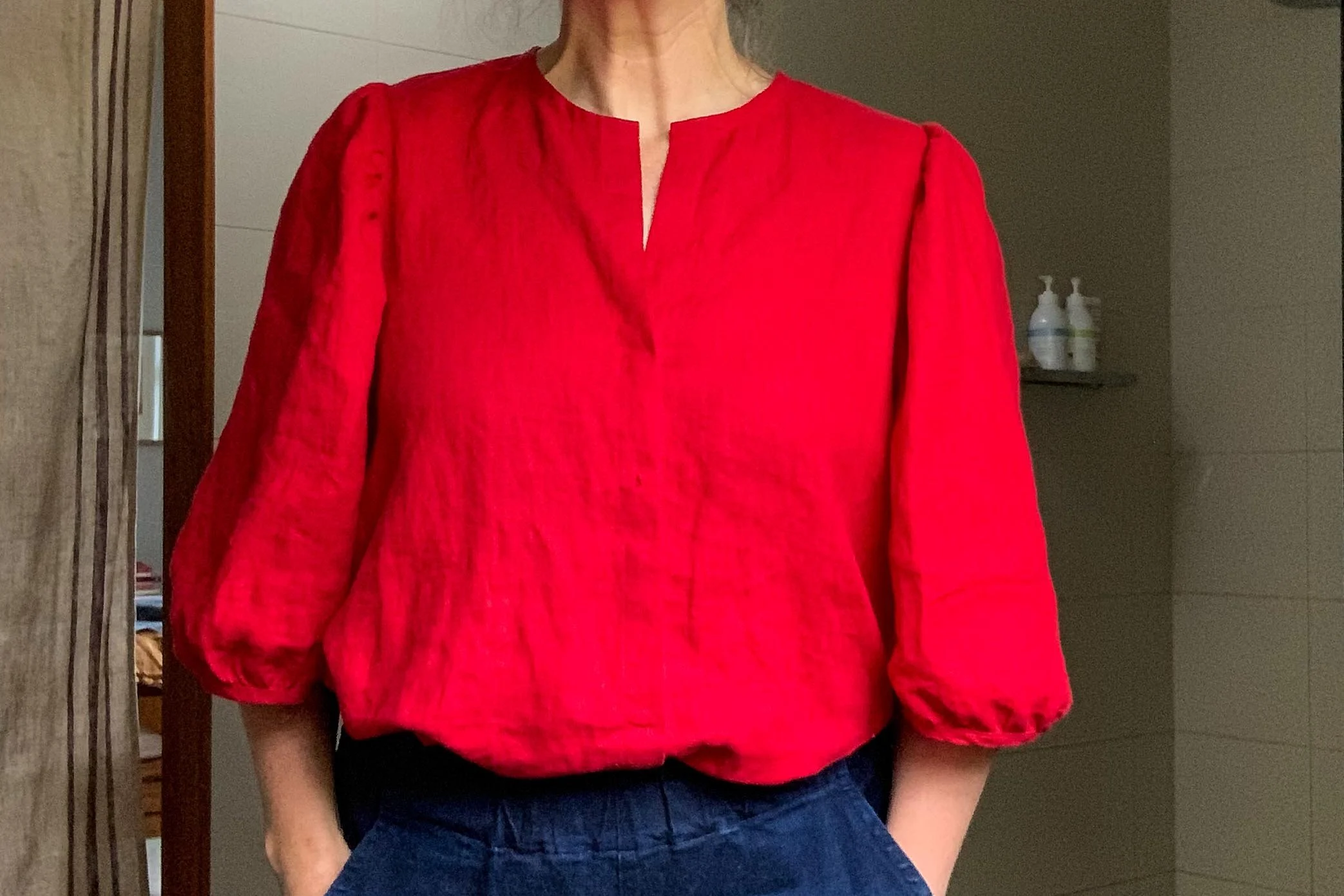It's Slow Fashion October so this post could be seen to be badly timed. It's not. But it could be. I'm going to talk about it some more on Friday, but to me Slow Fashion October doesn't necessarily mean that your making needs to be slow. It simply means being considered about what you make. Once you've decided what to make then game on.
That said, obviously sometimes I love to create in a slow meditative way. Slowing down, using my craft as a way to provide daily nourishment for my soul. Other days I just want/need to get. it. done! I had three kids you see, and they go through (as in wear-out-in-an-unmendable-way) a lot of clothing.
So this last weekend my oldest kid needed shorts. Lots of shorts. He is an all-year-round short wearer, which when combined with sport and hooning around the playground, means that he is particularly hard on his outfits - as you are when you are small and having fun. Of course that makes me glad, but it often means that he brings me shorts with the bottom part missing totally, or with fabric so thin they are unrepairable. He always believes that I am capable of repairing them - bless! - so I have on occasion, just had to "disappear" them. They do get to a stage where they are best left to RIP.
So I often find myself making in multiples - to fill the need quickly. This weekend past I set the ambitious target of four pairs of shorts, to be made in an hour here and another hour there, and one evening stint that finished just after midnight. As I was making them I realised that when I'm doing this kind of "smash it out" sewing, I actually have a whole heap of techniques that I use to speed up the process, and be more efficient. I know you guys like a bit of a trick, so I thought I'd share.
Keep in mind that while these techniques work a treat if you are making a single garment, they work even more splendidly if you are making multiples.
Get set up.
- Pre-wind your bobbins so they are ready to go. If I am making multiples then I normally wind at least two bobbins, if not four. You can buy extra bobbins at your local sewing shop and they are a great investment. I have about ten for my machine, pre-wound with my "neutral" colours (see below).
- Change your needle. You need to do this for every 8 hours of sewing but I find that changing at the start of each major project works pretty well for me. Who would actually know what 8 hours looks like? It's worth the expense - the machine will work better. Your stitches will be more even and get tangled less often.
- Gather your other materials and read through the pattern to mentally combine the steps you can.
- Use a water soluble marking pen to mark the right side of your fabric with a big cross. This means that you don't waste minutes of your precious time trying to figure out the right side of your linen.









































































